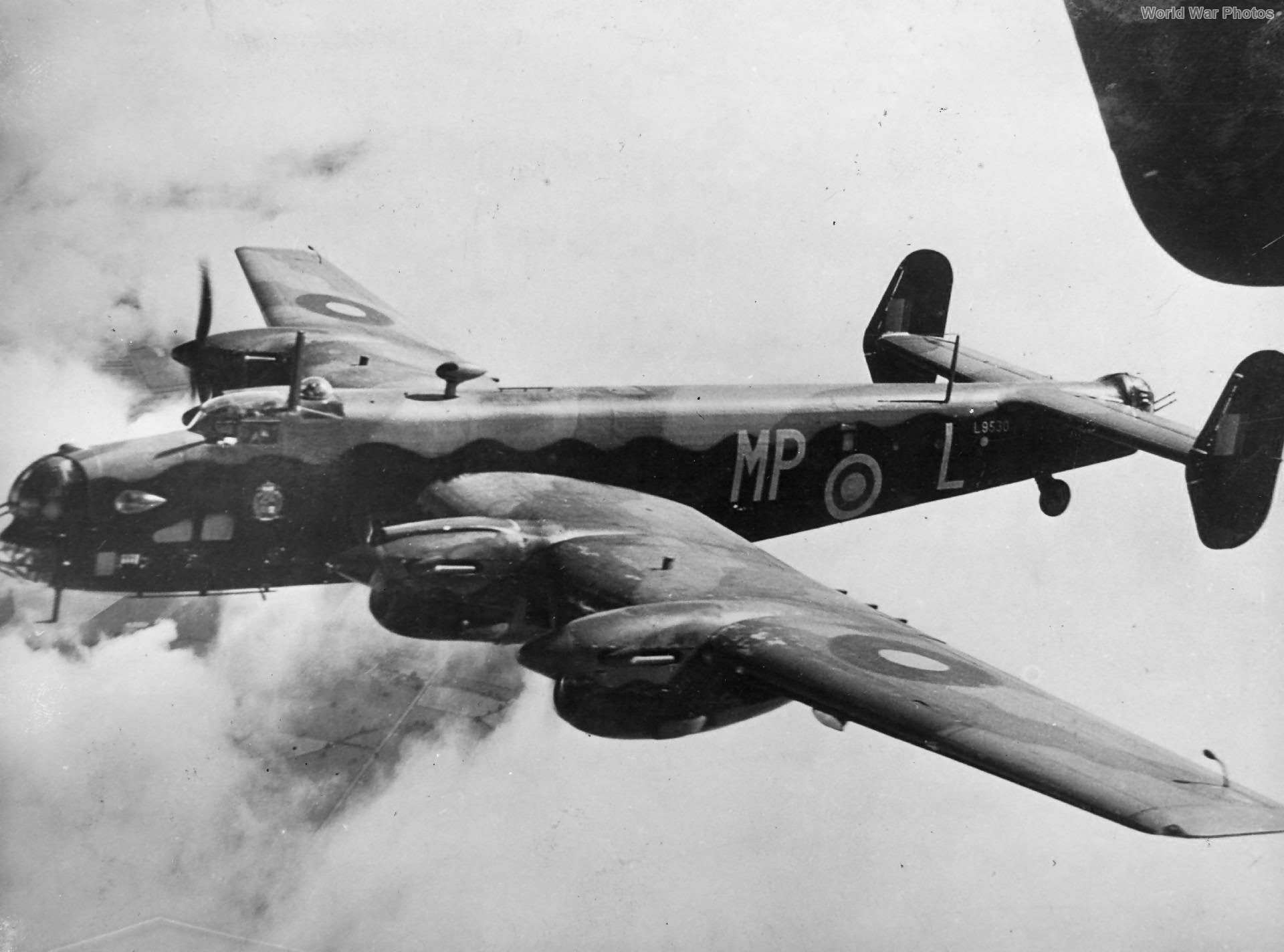Key Operational Differences Between the Halifax and the Lancaster
While both the Halifax and the Lancaster were crucial heavy bombers in the RAF, key operational differences existed between the two aircraft. These differences stemmed from their design philosophies, performance characteristics, and the roles they were ultimately tasked with.
1. Design and Development Focus:
- Halifax: The Halifax, in its initial conception, was designed with a strong emphasis on versatility. The design specifications sought an aircraft capable of fulfilling multiple roles, including dive-bombing, torpedo-launching, and even troop transport. This multifaceted approach influenced early design choices, which, while ambitious, contributed to some of its initial performance limitations.
- Lancaster: In contrast, the Lancaster’s development was more streamlined and focused. It evolved from the Avro Manchester, a bomber that had experienced significant issues. Designer Roy Chadwick’s redesign prioritized a straightforward and efficient heavy bomber, optimizing its bomb-carrying capacity and performance for strategic bombing missions. This focused approach allowed the Lancaster to excel in this specific role.
2. Performance Characteristics:
- Speed and Altitude: The Lancaster generally outperformed the early marks of the Halifax in terms of speed and altitude. Powered by four Merlin engines, the Lancaster could achieve higher speeds and operate at higher altitudes, making it less susceptible to enemy anti-aircraft fire (flak). The Halifax, particularly the early Merlin-engined variants, struggled to reach the same altitudes and speeds, making it more vulnerable. This difference in performance was a significant factor in Bomber Command’s preference for the Lancaster for certain missions, particularly those requiring long ranges and high-altitude bombing.
- Handling: The Lancaster was widely regarded for its exceptional handling characteristics, often praised by its crews. In contrast, the Halifax, particularly in its early marks, suffered from handling challenges, including issues with rudder overbalance and a tendency to swing during takeoff. These handling quirks made it a more demanding aircraft to fly, especially during critical phases of flight.
3. Operational Roles and Deployment:
- Strategic Bombing: While both aircraft were extensively used in the strategic bombing offensive against Germany, the Lancaster ultimately became the mainstay of Bomber Command for these missions. Its superior speed, altitude, and bomb-carrying capacity made it the preferred choice for nighttime raids on German cities and industrial targets. The Halifax, while still employed in bombing raids, was often relegated to secondary targets or used in smaller numbers.
- Versatility of the Halifax: As highlighted earlier, the Halifax’s adaptable design allowed it to take on a broader range of operational roles beyond strategic bombing. It excelled in maritime patrol, meteorological reconnaissance, special operations, glider towing, and troop transport. The Lancaster, while a superb heavy bomber, lacked the same degree of versatility. The Halifax’s adaptability proved invaluable to the RAF, filling crucial gaps in capabilities and supporting a wider range of missions throughout the war.
4. Crew Preference:
- Lancaster’s Popularity: The Lancaster generally enjoyed greater popularity among RAF aircrews. Its superior performance and, crucially, its more forgiving handling characteristics made it a favorite.
- Halifax’s Resilience: Crews who flew the Halifax, particularly those who had overcome its early challenges, developed a strong loyalty to the type. They appreciated its ruggedness and ability to withstand battle damage.
In conclusion, while both the Halifax and the Lancaster played vital roles in the RAF’s bomber offensive, their distinct design philosophies, performance characteristics, and operational deployments set them apart. The Lancaster, with its superior speed, altitude, bomb load, and handling, became the mainstay for strategic bombing. In contrast, the Halifax, while initially outshone by the Lancaster in bombing missions, proved to be a more versatile and adaptable platform, excelling in a wider range of operational roles and ultimately proving its worth as a crucial asset to the Allied war effort.
